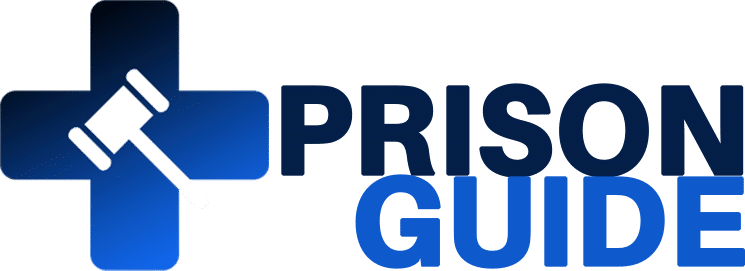What is POCA

When it comes to tackling crime, one of the key strategies employed by law enforcement agencies involves targeting the financial proceeds of criminal activities. This is where the Proceeds of Crime Act (POCA) comes into play. In this comprehensive guide, we’ll delve into what POCA is, its importance in the fight against crime, and its impact on both criminals and the legal system in the UK.
What is POCA? The Proceeds of Crime Act (POCA), enacted in 2002, is a pivotal piece of legislation in the United Kingdom that provides legal frameworks for the recovery of assets gained from criminal activities. POCA is designed to hit criminals where it hurts the most – their financial gains. By targeting the proceeds of crime, the Act aims to deter criminal activities by making them less profitable.
- Asset Recovery: One of the primary functions of POCA is to enable law enforcement agencies to seize assets that are believed to have been acquired through criminal means.
- Money Laundering Regulations: POCA sets out strict regulations against money laundering, making it harder for criminals to legitimize their ill-gotten gains.
- Confiscation Orders: Courts can issue confiscation orders under POCA, requiring criminals to pay back the equivalent value of their criminal profits.
- Civil Recovery: This allows assets to be recovered through civil proceedings, particularly when a criminal conviction isn’t possible.
Impact of POCA
The impact of POCA is far-reaching. It not only deters individuals from engaging in criminal activities but also ensures that crime does not pay. The funds recovered are often redirected to community projects or reinvested in law enforcement, contributing to a safer society.
POCA in Action POCA has been instrumental in numerous high-profile cases where substantial amounts of money and assets have been seized. These cases often involve drug trafficking, financial fraud, and other serious crimes.
Conclusion The Proceeds of Crime Act is a cornerstone in the UK’s approach to combating crime. By targeting the financial benefits of criminal activities, POCA plays a crucial role in deterring crime and disrupting the operations of criminal networks. Understanding POCA is essential for anyone involved in the legal system, law enforcement, or those interested in the mechanisms used to fight crime in the UK.
FAQs about POCA
Can POCA apply to any crime? POCA can be applied to a wide range of crimes, particularly those with significant financial gains involved.
What happens to the assets seized under POCA? Seized assets are often redistributed to community projects or used to fund law enforcement initiatives.
Does POCA only apply to individuals? No, POCA can also apply to organizations or groups involved in criminal activities.


